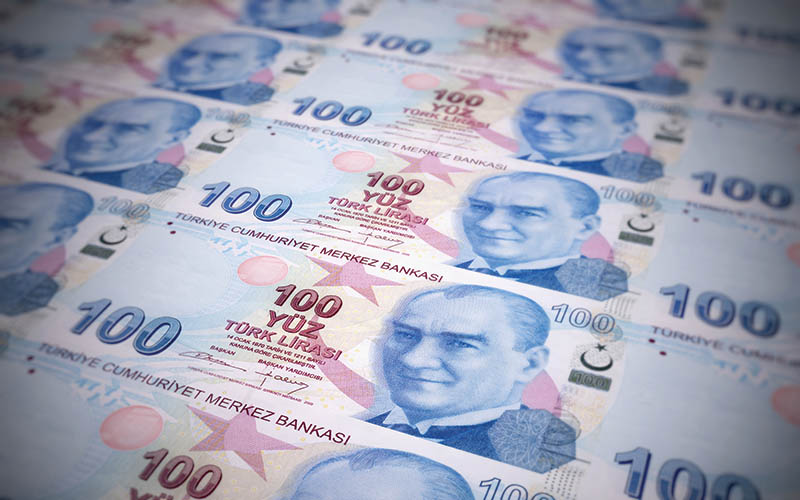Measures taken by the country’s economy administration to revive the economy are finally bearing fruit
The wind in global markets blowing in a positive direction together with liquidity policies implemented by the Central Bank have led the dollar to slacken against the lira, thus decreasing harsh fluctuations in the rate; a factor that has acted as a catalyzer in the measures taken by the economy administration producing results. Several steps implemented since the year’s start to revive the economy including the postponement of social security payments for employers; VAT reductions and banks’ handing out loans of up to TL 160 billion to companies thanks to the activation of the Credit Guarantee Fund (KGF) have helped real sector companies and prevented tens of thousands of companies from going out of business. The effects of these steps can now be seen in the primary indicators of the economy and confidence in the economy has reached a peak in comparison with the previous months. Data from the government statistics agency TURKSTAT indicate that the economic confidence index rose by 1.1 percent in May in comparison with April; reaching 100.5; the highest level since November 2015. In April, the index stood at 99.5. In November 2015, it had exceeded 101.
Important as a leading indicator
The increase in the economic confidence index owes to rises in the consumer, service sector, retail and construction industry indices. The economic confidence index being higher than 100 points to a confidence level above average, while it being below 100 indicates a level of confidence under average. TURKSTAT says this index is highly significant as it is considered a leading indicator in comparison with other elements regarding economic growth.
Capacity utilizaiton reaches
highest point since 2008 crisis
The industry capacity utilization ratio, another important indicator, rose to 78.9 percent in May with seasonal effects removed; its highest in the post-2008 global crisis period. The capacity utilization ratio was 80.5 in August 2008. In the nine years in between, it never even came close to 80 percent, let alone exceeding that figure. In April 2009, it had gone down as low as 62 percent. For the past four – five years the ratio stood between 75 – 77 percent. At the same time, the leap posted in the Real Sector Confidence Index in February, March and April with index scores exceeding 100 in these months show that the morale of the business world has improved and its confidence is coming back. Economists say capacity utilization ratios at and above 80 percent spur private sector investments while scores below 80 percent usually curb the desire for investments.
Watch out for banks
Most certainly, a total of TL 160 billion in credits being loaned to businesses with the support of the KGF since the year’s start is the most important reason for the economy getting back on track. However, lending of such a high amount in a relatively short period time is not without risks. This is because banks’ trying to get ahead of each other in a race to loan credits with the support of KGF heated up the competition, which in turn led to interest rates on deposits rising to around 15 percent from about 11.5 percent. This has led to borrowing interests rising nationally and raising doubts about the country’s banks’ lending capacity in the period ahead. With regards to the banks moving perhaps a bit too fast with KGF loans, President of the Banks Association of Turkey Hüseyin Aydın, says “KGF is a very good product, but a patient shouldn’t be taking all of the prescription medicine given by his doctor on the same day,” indicating that the loaning appetite of banks might decrease in the period ahead.











